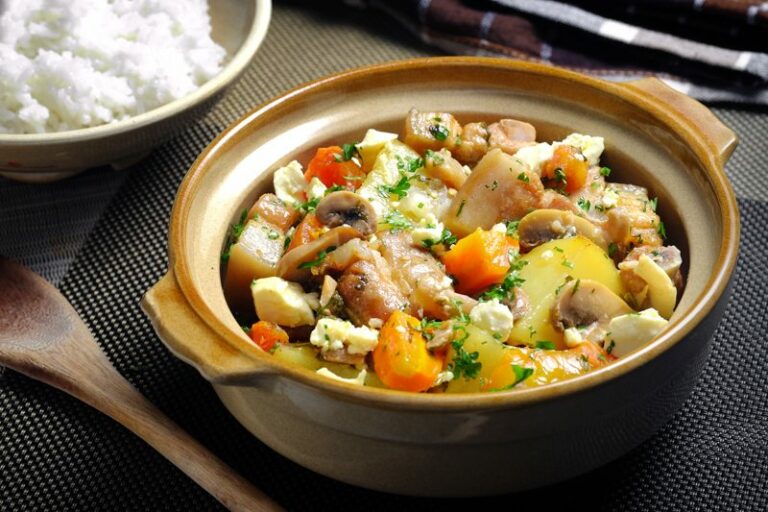Introduction: Street Food Culture in Bulgaria
Street food is an essential part of the Bulgarian cuisine, with a long history and a rich variety of flavors. The street vendors offer a diverse range of dishes, from pastries to meatballs, from spreads to cheese, and from soups to dips. Bulgarians take their street food seriously, with each region having its specialties. In this article, we will explore some of the most popular street foods in Bulgaria.
Banitsa: The Bulgarian Pastry Delight
Banitsa is a popular Bulgarian pastry that is made of filo dough, eggs, and cheese. It is usually served for breakfast but can be eaten at any time of the day. The filling can vary, but the most common is a mixture of feta cheese and eggs. Banitsa can also be stuffed with spinach, pumpkin, or minced meat. It is usually served hot, and many Bulgarians enjoy it with a glass of ayran, which is a yogurt-based drink.
Kebapche: Bulgarian-style Meatballs
Kebapche is a Bulgarian-style meatball that is made of ground pork or beef, with spices such as cumin and paprika. The meat is shaped like a sausage and then grilled until crispy on the outside but moist on the inside. It is usually served with a side of lyutenitsa, which is a tomato and pepper spread. Kebapche is a popular street food in Bulgaria, and it is often eaten as a sandwich, or with a slice of bread.
Lyutenitsa: Bulgarian Tomato and Pepper Spread
Lyutenitsa is a traditional Bulgarian spread that is made of tomatoes, peppers, onions, and spices such as garlic and cumin. It is usually cooked slowly over low heat until it becomes thick and spreadable. Lyutenitsa is a versatile spread that can be used as a condiment, a dip, or a sauce. It is often served with kebapche or banitsa, but it can also be used as a sandwich spread or a pizza topping.
Kyopolou: Bulgarian Roasted Eggplant Dip
Kyopolou is a roasted eggplant dip that is similar to baba ghanoush. It is made of roasted eggplants, peppers, tomatoes, garlic, and olive oil. The vegetables are roasted until they are soft and then mashed together to form a thick dip. Kyopolou is often served as a side dish or a dip with bread, but it can also be used as a spread or a topping for grilled meats.
Shkembe Chorba: Bulgarian Tripe Soup
Shkembe chorba is a traditional Bulgarian soup that is made of tripe, milk, garlic, and vinegar. It is known for its strong aroma and unique taste. Shkembe chorba is usually served hot, with a sprinkle of paprika and a slice of bread. It is a popular hangover cure and is believed to have healing properties.
Sirene: Bulgarian Traditional Cheese
Sirene is a traditional Bulgarian cheese that is similar to feta cheese. It is made of sheep’s milk or a mixture of sheep’s and cow’s milk. Sirene has a tangy and salty taste and is often used as a topping or a filling for pastries. It can also be eaten as a standalone cheese, with a slice of bread or as a side dish.
Conclusion: Savoring the Flavors of Bulgaria’s Street Food
Bulgaria’s street food culture is a testament to the country’s diverse culinary heritage. From the savory banitsa to the tangy lyutenitsa, Bulgarian street food offers a range of flavors that tantalize the taste buds. Whether you are in Bulgaria for a quick visit or a more extended stay, exploring the street food scene is an excellent way to discover the country’s gastronomic delights.

